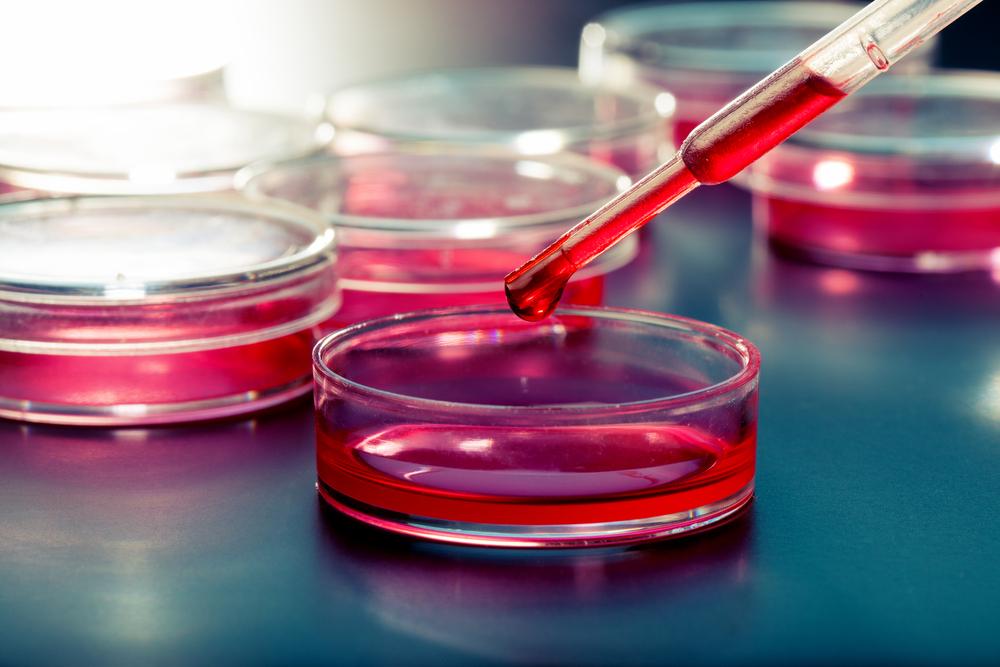Mutations in Gene Associated With Hereditary Parkinson’s Disease Lead to Toxic Accumulation of Manganese

Researchers have found that mutations in a gene linked to hereditary forms of Parkinson’s disease — SLC30A10 — cause accumulation of toxic levels of manganese inside cells, which disturbs protein transport and alters nerve cell function, leading to parkinsonian symptoms.
The study “SLC30A10 Mutation Involved in Parkinsonism Results in Manganese Accumulation within Nanovesicles of the Golgi Apparatus” was published in the journal ACS Chemical Neuroscience.
Manganese is an essential metal that helps enzymes carry out their functions in the body. However, too much manganese is toxic, especially for the central nervous system (brain and spinal cord), where its accumulation can lead to parkinsonian-like syndromes.
The SLC30A10 gene encodes an important manganese transport protein, which sits at the membrane of cells and pumps out manganese, to protect cells against this metal’s toxicity. However, mutations in the SLC30A10 gene block the protein’s pumping activity, resulting in manganese accumulation.
Mutations in this gene have been identified as the cause of new forms of hereditary Parkinson’s disease.
“Understanding the means by which mutations in SLC30A10 alter cellular Mn [manganese] homeostasis [manganese equilibrium] is expected to enhance understanding of the principles underlying Mn toxicity itself,” researchers wrote, which may render important information to fight certain forms of familial Parkinson’s disease.
Want to learn more about the latest research in Parkinson’s Disease? Ask your questions in our research forum.
A team of French researchers used advanced imaging techniques to find where manganese accumulates inside cells (cell lines available for laboratory research) carrying disease-causing SLC30A10 mutations versus cells carrying a normal, functional SLC30A10 gene (control cells).
Intracellular manganese levels were undetectable in control cells, confirming cells’ ability to expel the metal and avoid its toxicity. On the contrary, manganese levels were higher in cells carrying disease-causing SLC30A10 mutations.
The team then looked at cells that lacked SLC30A10 and were exposed to increasing levels of manganese. Researchers found that manganese accumulated in an organelle, called the Golgi apparatus, that works as the cell’s dispatching center for proteins. The same was true for cells carrying disease-causing SLC30A10 mutations.
Mutant SLC30A10 proteins lost their ability to expel manganese out of the cells, with cells behaving as if they had no SLC30A10 protein at all.
Using the an imaging technique known as Synchrotron X-ray fluorescence spectrometry, which allows researchers to look deeper into cells and their smaller structures, the team discovered that the main compartment for manganese accumulation in SLC30A10 mutated cells were tiny vesicles released from the Golgi apparatus.
These vesicles are important mediators of communication inside the cell. Researchers believe that disturbing this vesicular trafficking is probably the root of the toxicity induced by the disease-causing mutations of SLC30A10.
“It would be interesting to investigate whether Mn causes defects in Golgi vesicular trafficking and consequently on neurotransmitters,” researchers wrote.
Moreover, these results suggest that small molecules targeting the mutated SLC30A10 protein at the cell surface could become a potential therapeutic strategy.
Future experiments will show if a similar pattern of manganese accumulation is seen in animal models of Parkinson’s disease.






